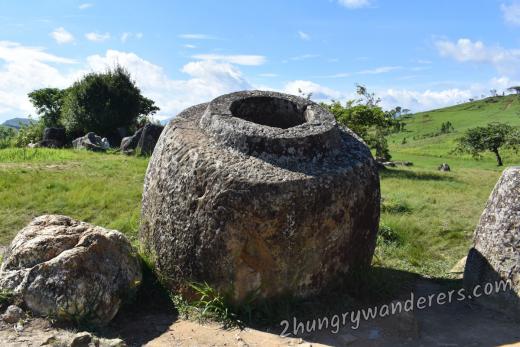
Scattered in clusters around the Xiangkhoang Plateau in central Laos, the large stone jars, left by an unknown megalithic civilization are still a mystery. More than 90 sites containing anywhere between one and 400 stone jars have been found so far.
The jars are large vessels - between 1 and 3 meters in height, each hewn from a single piece of rock. Their round or rectangular openings have lips to hold a lid on top, but walking the sites there are a lot fewer lids than jars - maybe some lids were made of less sturdy materials and were lost or perished over the centuries.
What they were used for, who made them or when - those are questions no one can answer for sure. This is partially due to lack of archaeological investigation - the region is poor, several wars were fought during the last century and even today a lot of the land is covered with hidden unexploded ammunition of different variety - not something that encourages people to dig around. The most respected source of information about the Plane of Jars is the French researcher Madeleine Colani, who investigated before the Indochina wars and in 1930 concluded that they were burial urns.
During the Vietnam war, in which, ironically Laos did not participate, over 2 million tons of bombs were dropped over Laos, making it the most heavily bombed per capita country in the world. It is estimated that around a third of the bombs did not explode and the land is contaminated with unexploded ordnance (UXO). Clearing UXO is a very slow process and it will take more than a 100 years before most of the country is safe and for that reason only six of the many jar sites are opened to the public and for tourists to explore.
Organized or a self guided tour?
When exploring the Plain of Jars there are two options - you can join a tour (go with a group or do a private tour with a guide) or rent a motorbike and drive yourself.
Joining a tour is easy - there are many travel agencies near the COPE center on the main street of Phonsavan, prices are similar and they offer different tours visiting the jar sites. 1, 2 and 3 are the most popular, 16 is a bit smaller and 52 is only reachable by a 4x4.
We decided to rent a motorbike and over two days we visited the major sites and the quarry, there are many places offering bikes for rent and prices are reasonable, however quality of the bikes is low and there isn't much choice.
Jar site 1
This is the biggest site and the most easily accessible - there is a sealed road all the way from Phonsavan. The road leads to an information center with a small exhibition room presenting the history of the jars where the entrance fee is paid and from there a free shuttle bus drives you to the site.
It is very impressive place - tens of jars lay in the field, some big, some small, there are several with heavy stone lids. In the middle of the site there is a small hill with a cave inside and two man made holes on top - according to Colani, most probably used as a crematorium in ancient times.
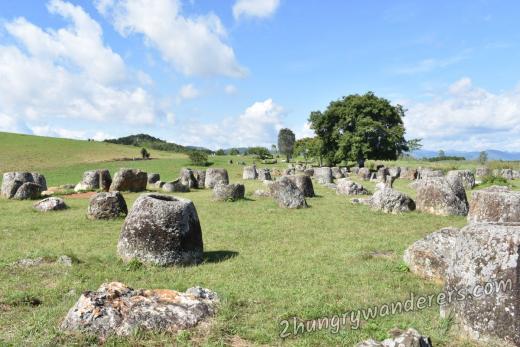
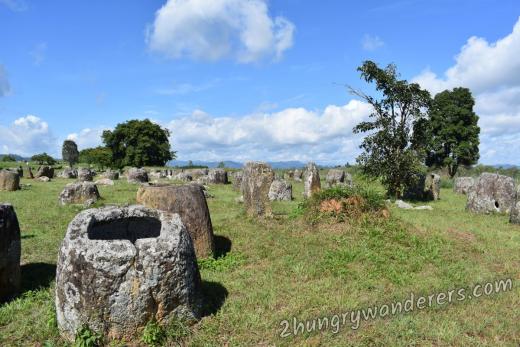
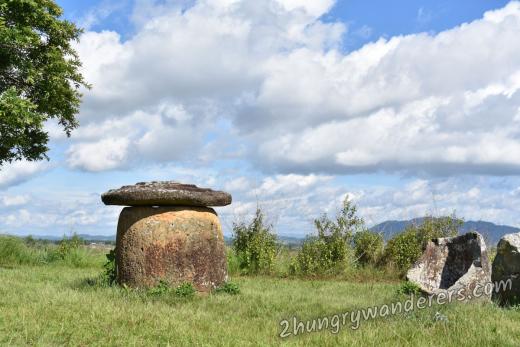
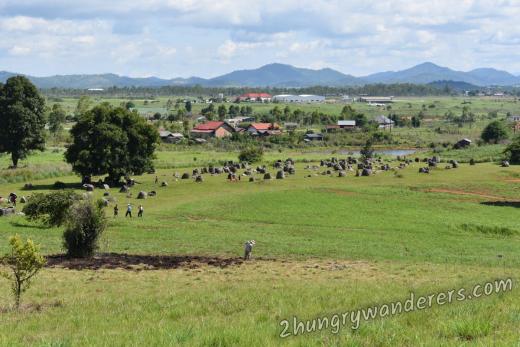
Jar site 2
The road that leads to this jar site is still sealed, with several signs to point the way from site 1. Unlike site 1, here the jars are in a forest on the two sides of the sealed road. There are lids laying around and several trees seem to have grown out of jars - breaking them in the process.
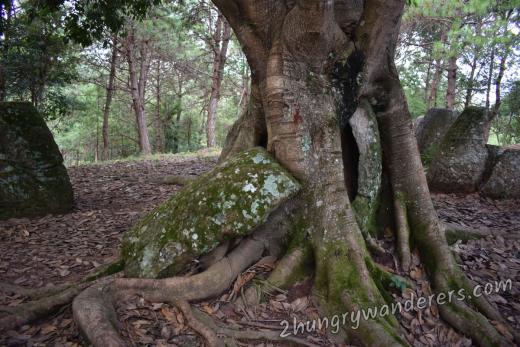
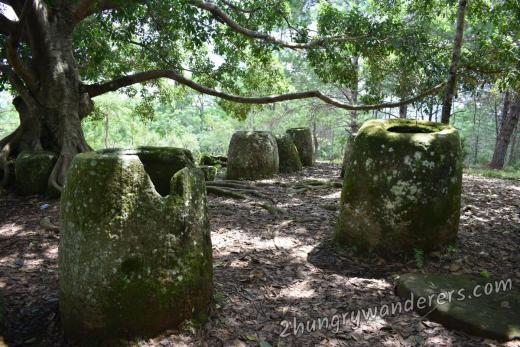
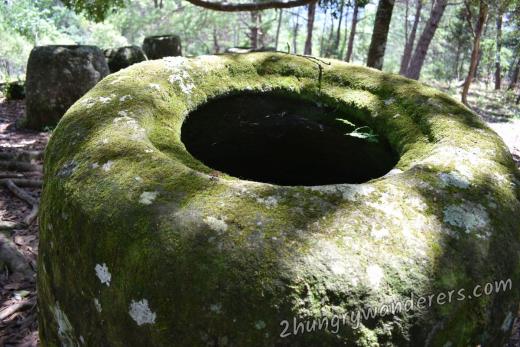

Jar site 3
No sealed road leads to this site, if it is raining and you are on a motorcycle it is gonna be unpleasant ride in the mud, but still worth it. The dirt road doesn't go all the way to the jars, it ends in a small parking lot with the ticket booth and a noodle place. From there it is a short 10-15 minutes walk through some fields to get to the grove in which the jars are. Very picturesque, with beautiful views of the area and less visited by tourists.
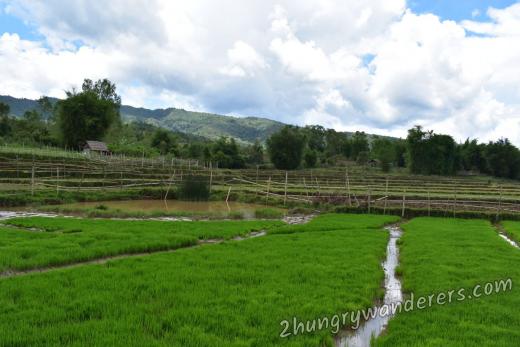
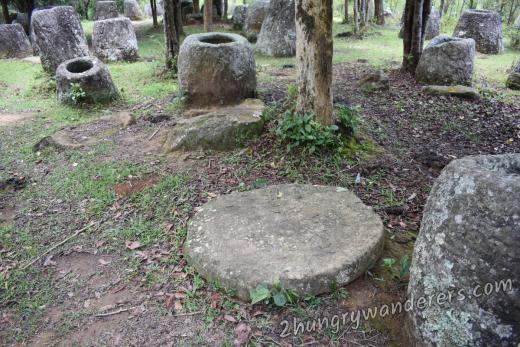

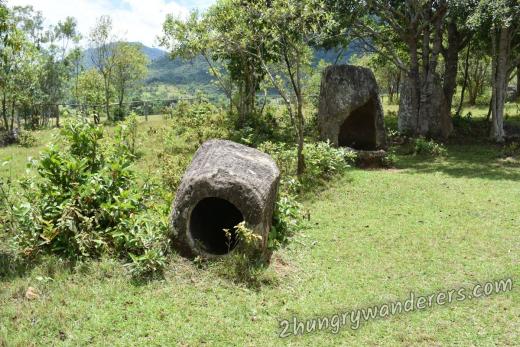
Jar sites 16, 23, 25
Those three jar sites are also open for tourist and there is a rough map in the information center at Jar site 1 that shows the locations, but unfortunately we were unable to find them.

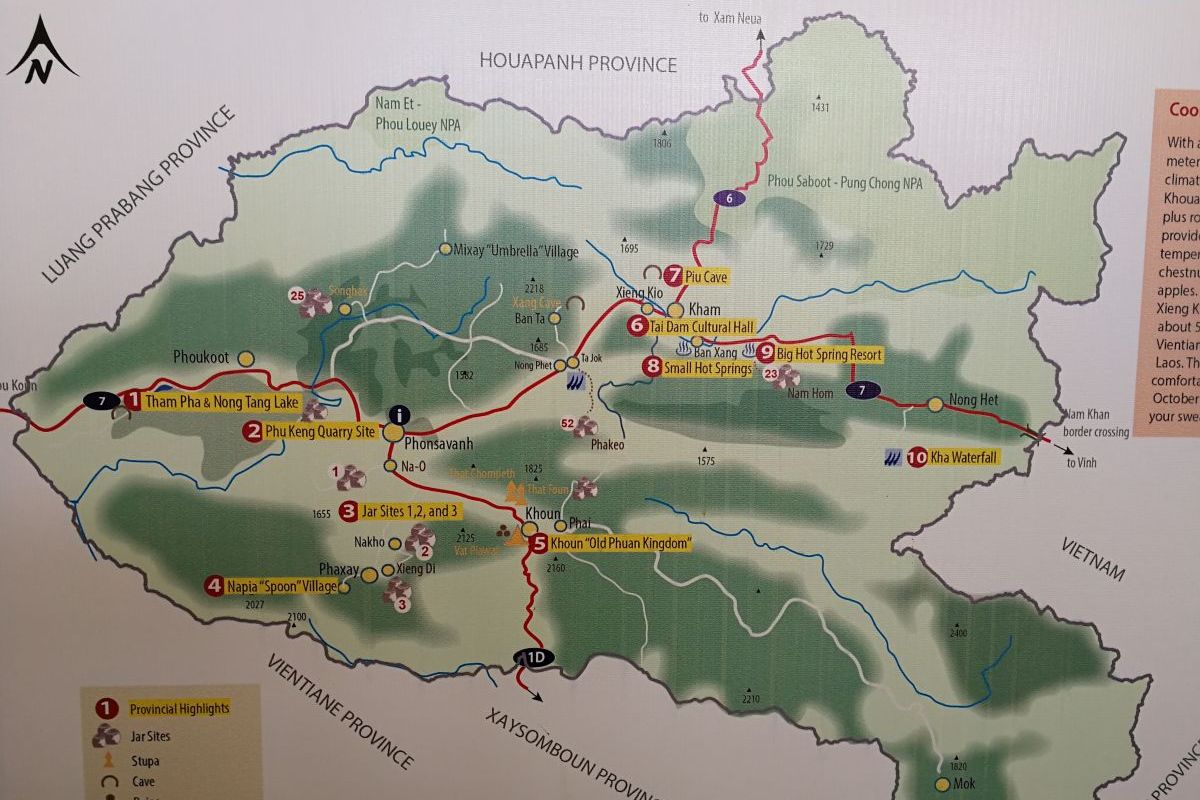
At the edge of Xieng Khouang, near the Wat Phia and the lopsidedly smiling Buddha, we found a sign to Jar site 16 - encouraged that there would be more to point us in the right direction we followed the road, but unfortunately no more signs appeared. At some point there was a fork in the road, we went left - rode for several kilometers with no luck, went back to the junction and tried the right side with similar success.
The next day, our failure to locate Jar site 16 did not discourage us from trying to find site 25, so filled with resolve we took the road north of Phonsavan. Near the Quarry site we saw a sign pointing to Jar site 25, which again gave us hope this one we'll reach. That sign however, was the last one, and there wasn't anything else to guide us in the right direction. From the rough map we had we knew it had to take on the side tracks on the right side of the road and explored several to no avail - after about 2 hours we gave up.
Site 52
This one is a little more unusual - there are more than 400 jars laying in the jungle and it is the only site where the lids have carved drawings of animals. It cannot be reached on a motorcycle and the options are a several hours trek through the jungle on foot or a tour with a 4x4 vehicle - both need to be done with a guide. We were offered a tour with a vehicle for around $200.
Quarry site
This is a very interesting place to visit - apparently a quarry where the jars in some of the jar sites came from. Scattered in the forest, mostly covered in greenery partially formed jars can be seen - cracked during the making or for some other reason deemed unsatisfactory, the makers of the jars discarded them and left them where they are now.
The dirt road to the Quarry is well marked and a bit bumpy. Once you reach the ticket booth a steep climb follows and at the end of bikes can be left on the side and the staircase to the top of the mountain starts.
The ascend to the top is around 40 minutes on foot. At some point broken and unfinished jars start to appear in the forest, some are close to the path, some are almost hidden and difficult to notice. After the jars, there is still way to the top where you can see an old tunnel from the time of Pathet Lao - it is open and can be explored, but we decided to give it a pass as it was too small, there is also a natural cave with a very narrow entrance which we could not fit into.
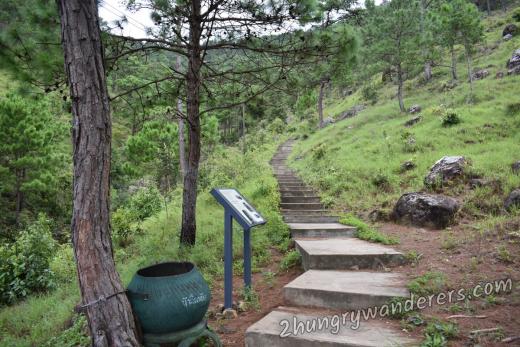
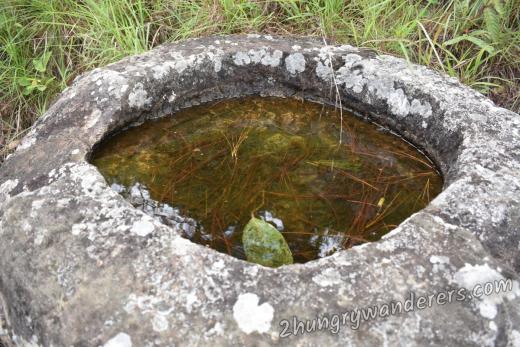
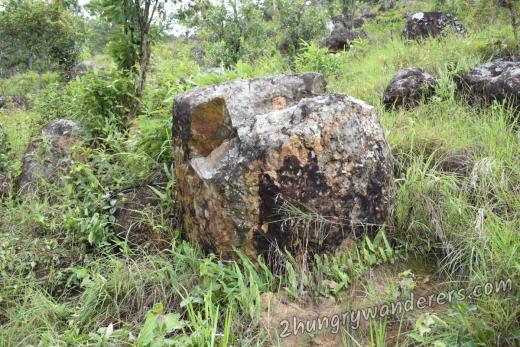
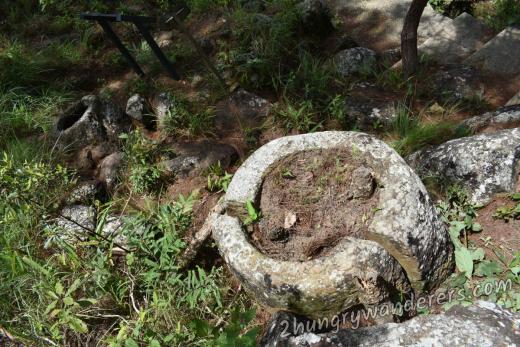
The view from the top of the hill is nothing short of amazing - green valleys and mountains stretching as far as the eye can see, a fitting prize after the long climb in the humid heat.

Comments